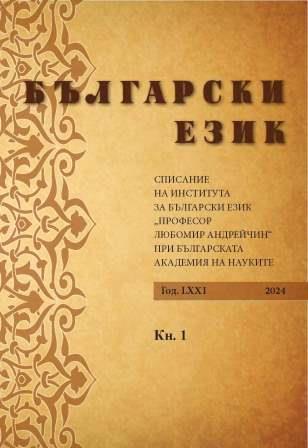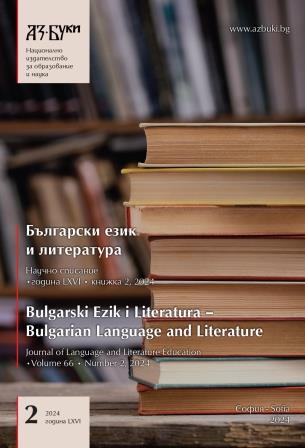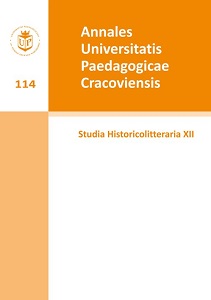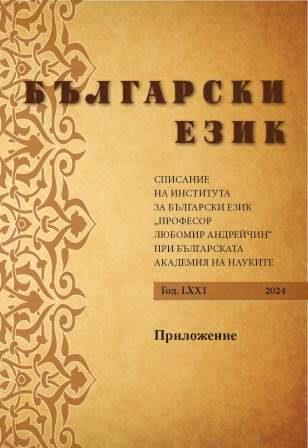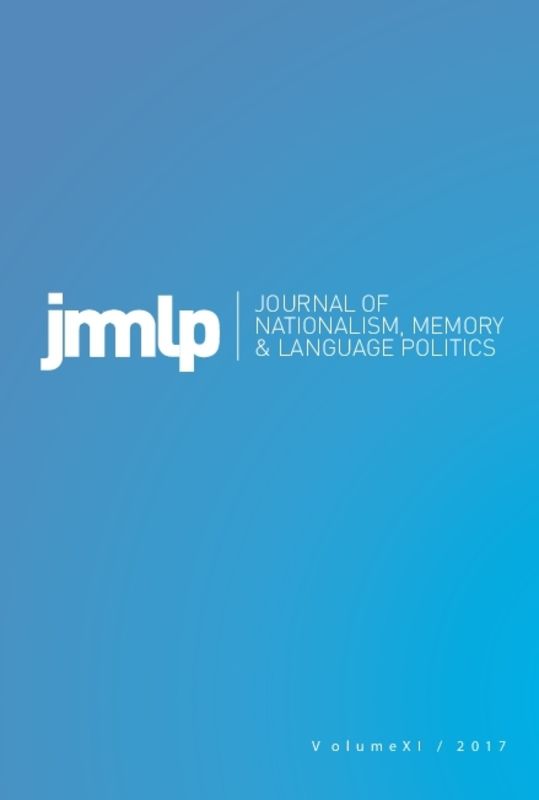![El inútil de su hijo: La construcción [DET{det/demost} ADJ de PRON{pos} N] en espanol](/api/image/getissuecoverimage?id=picture_2023_81481.jpg)
El inútil de su hijo: La construcción [DET{det/demost} ADJ de PRON{pos} N] en espanol
The present study explores the construction [DET{det} ADJ of PRON{pos} N] in Spanish, the meaning of which has a valorative attributive character, generally of CRITICISM and INSULT with respect to the propositional content and is typical of a colloquial register. Constructional idioms are characterised by being semi-schematic constructions which have partially free gaps or slots which are not lexically saturated, as well as by their pragmatic component. The aim of the proposal is to offer a description of the productivity and cognitive fixation (entrenchment) of this construction according to the corpus results found. To this end, a morphological and lexical study of the actualisations of its slots will be undertaken, the first of which is adjectival and the second of which is composed of a nominal syntagm consisting of a possessive pronoun and a noun. Furthermore, the use of this construction in Spanish will be systematised and its peculiar structure will be described; it is composed of a definite article that acts as a head, followed by an adjective, which, rather than being the referential core, has an expressive, evaluative, and focalising value on the NP of the second part of the construction, preceded by the preposition de. The restrictions and preferences of its slots will also be described. This type of construction, which occupies an intermediate position in the lexico-grammatical continuum of the language system, has rarely been studied so far in the case of Spanish. The present study would fill this gap in research by implementing a corpus-based methodology.
More...
